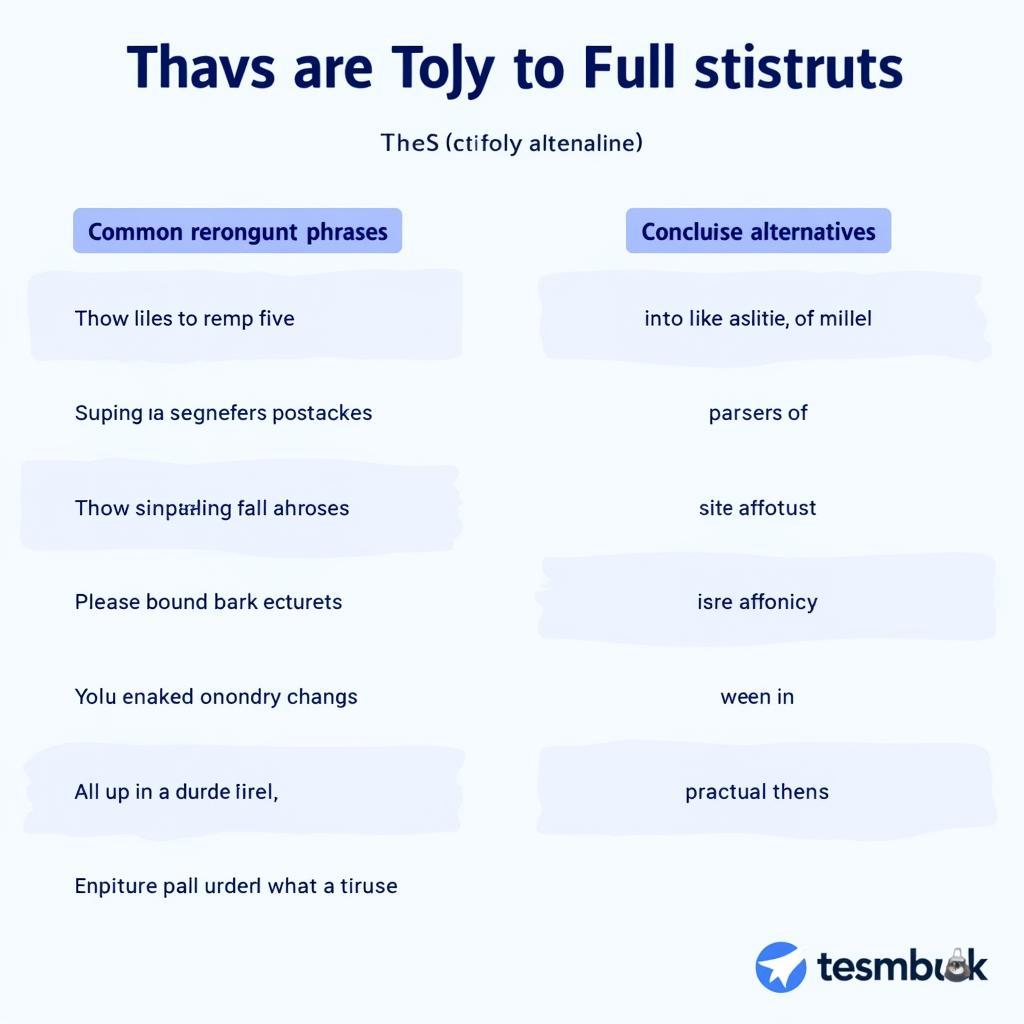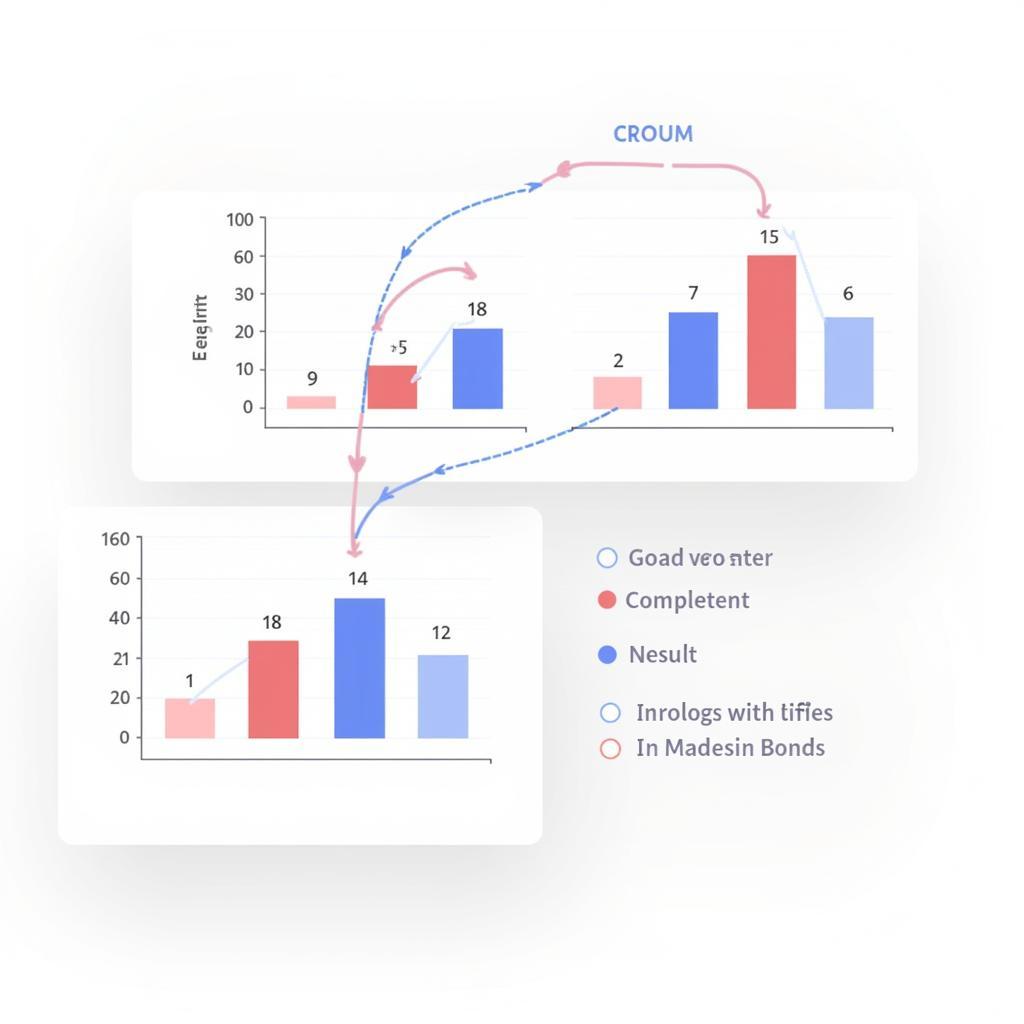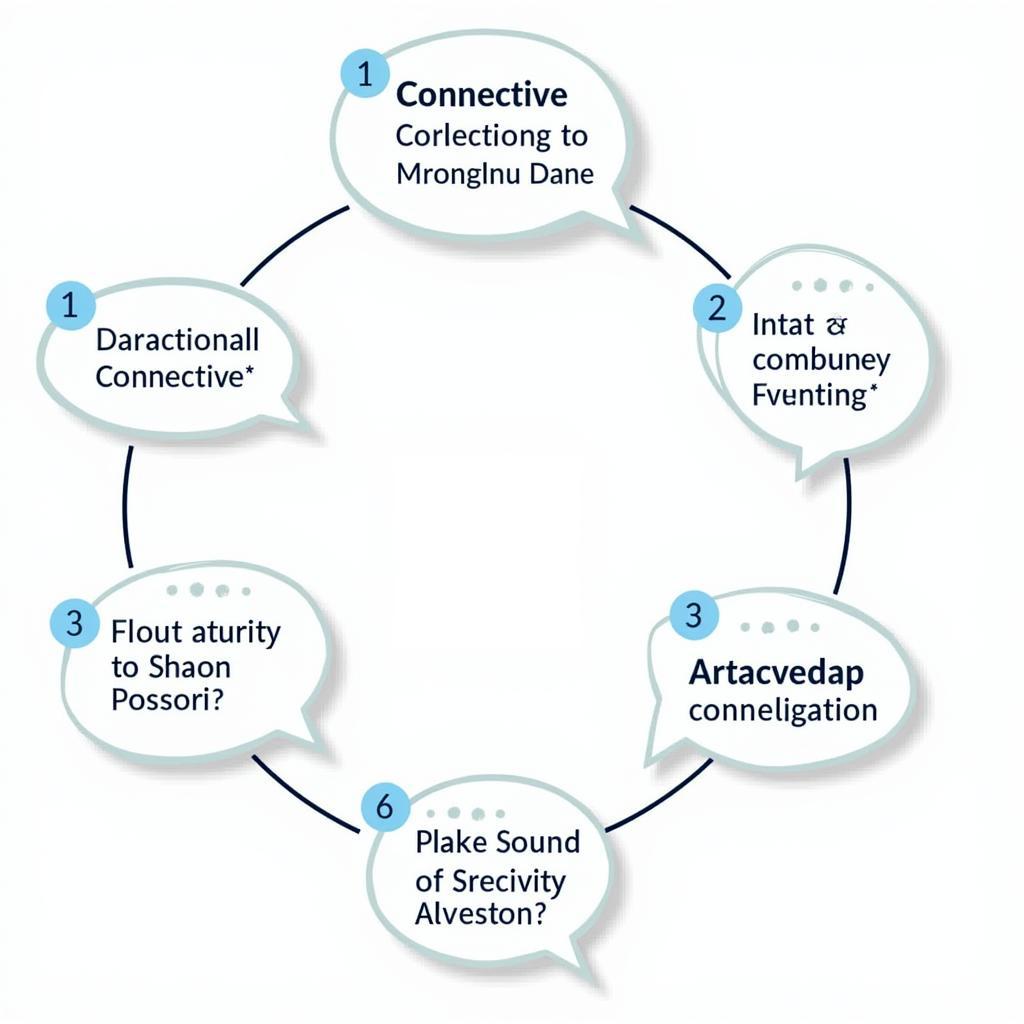One of the most common challenges IELTS candidates face is avoiding redundancy in Writing Task 1. As a key component of achieving a high band score, learning to write concisely while maintaining clarity is essential. Let’s explore effective strategies to eliminate unnecessary repetition and create more impactful responses.
Understanding What Constitutes Redundancy
Redundancy in IELTS Writing Task 1 typically manifests in several ways:
- Repeating information from the question
- Using multiple words with the same meaning
- Over-explaining obvious details
- Unnecessarily restating data points
Similar to How to avoid common mistakes in IELTS Writing?, recognizing these patterns is the first step toward improvement.
 Examples of redundant phrases in IELTS Writing Task 1
Examples of redundant phrases in IELTS Writing Task 1
Essential Strategies for Eliminating Redundancy
1. Use Precise Vocabulary
- Choose specific verbs instead of verb phrases
- Employ accurate adjectives rather than multiple descriptors
- Select appropriate academic terminology
2. Implement Effective Paraphrasing
Learning how to write clear and concise IELTS writing task 2 essays can help you develop better paraphrasing skills for Task 1 as well.
Consider these examples:
- Instead of “showed an increase” → “increased”
- Rather than “had a decrease” → “decreased”
- Instead of “made an improvement” → “improved”
3. Group Similar Data
- Combine related information
- Use appropriate linking words
- Present parallel trends together
 Strategic data grouping methods for IELTS Task 1
Strategic data grouping methods for IELTS Task 1
Advanced Techniques for Concise Writing
When it comes to avoiding repetition in IELTS writing, these advanced strategies can be particularly effective:
- Use Reference Words
- “This”
- “These”
- “Such”
- “The latter/former”
- Employ Compare/Contrast Language
- “Similarly”
- “In contrast”
- “Whereas”
- “Meanwhile”
- Utilize Appropriate Pronouns
- “It”
- “They”
- “Which”
- “Where”
Common Pitfalls to Avoid
Similar to avoiding informal expressions in task 2, there are specific mistakes to watch out for in Task 1:
- Overuse of Basic Phrases
- Unnecessary Data Repetition
- Redundant Introductions
- Over-explanation of Simple Trends
Expert Tips for Maintaining Clarity
Dr. Sarah Thompson, IELTS examiner with 15 years of experience, suggests:
“Focus on presenting information once, but effectively. If you’ve already mentioned a trend, don’t repeat it unless you’re adding new analysis or making a meaningful comparison.”
Final Steps Before Submission
- Review your writing for repeated information
- Check for redundant phrases
- Ensure each sentence adds new information
- Verify that all data references are necessary
- Confirm your overview is concise yet complete
FAQ Section
Q: How can I identify redundant information in my writing?
A: Review each sentence and ask if it provides new information or merely restates previous points.
Q: Is it acceptable to repeat key figures in Task 1?
A: Only repeat figures when making direct comparisons or highlighting significant changes.
Q: How detailed should my overview be without becoming redundant?
A: Include only the most significant trends and patterns, avoiding specific numbers.
Remember, achieving concision in IELTS Writing Task 1 requires practice and awareness. Focus on presenting information clearly and efficiently while maintaining the academic tone required for a high band score.


